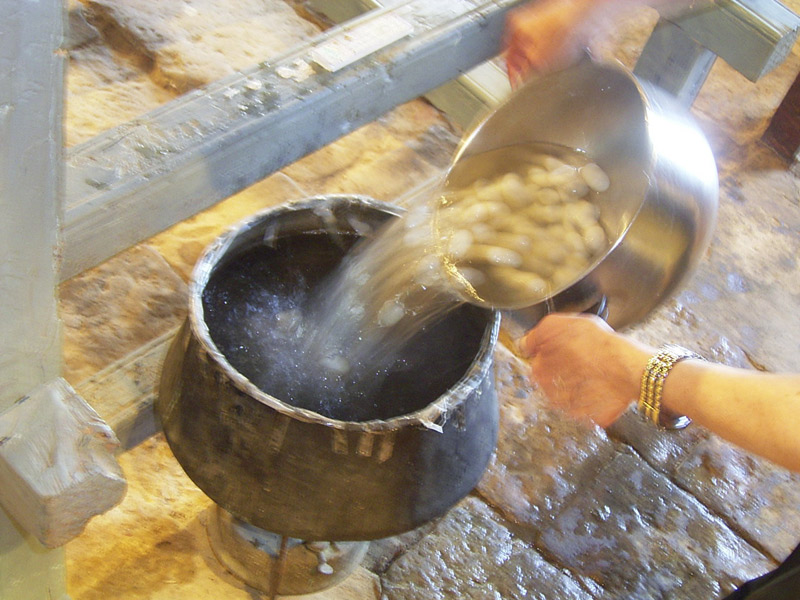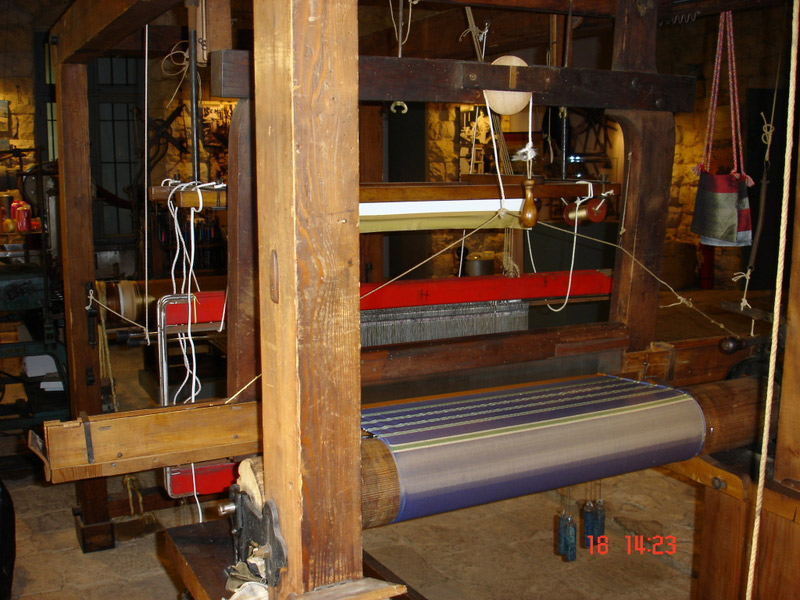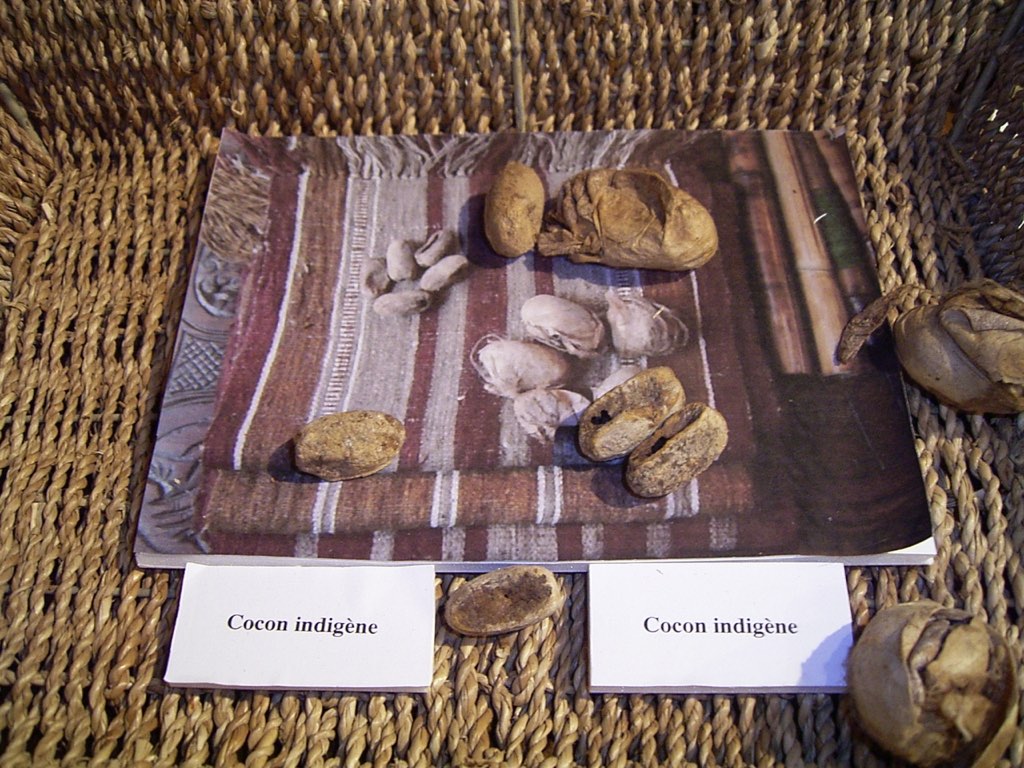Eco-Museum

What is an Eco-museum?
The Eco-museum is a space of culture that includes in its program the environment where men live and their relations with that environment. Three elements must always be present: a population, a land and a period of time. Those elements will relate the story of this land from its origins to today. The Eco-museum is in a way the collective memory of a whole region. It aims at leading a population to look at its past, present and future in a new and different way.

Silkworms in Action
The silkworm grows from a tiny egg weighing half a milligram to 10,000 times its original weight in just one month. In Lebanon, the silkworm breeding was a woman's responsibility. The task included receiving the eggs, the gathering of cocoons as well as the feeding, surveillance, and handling of silkworms. That's why, in villages, they say that a woman who breeds caterpillars "tshil harir, tshil azz".
(Aida KANAFANI-ZAHAR, The Sheep and the Mulberry Tree)

Weaving
Contrary to other artisanal activities, weaving in Lebanon was practiced by many families throughout Lebanon. This artisanal activity formed an important part of Lebanon's history as it involved a large number of people (as also did sericulture and cocoon unreeling).
At the beginning of the 20th Century, there were hundreds of silk weaving looms. Today this artisanal activity hardly survives.

Wild Silk in Madagascar
The Europeans discovered a different type of silk worm in Madagascar in the 17th century. In the 19th century, Queen Ranavalona tried to industrialize the spinning side.
Two types of silk exist here, one is based on the domestic breeding of the worm, and the other is the "Borocera" or the wild silk worm that lives in the Tapia tree which is endemic to the Island. Silk has been used here long before colonization and the spinning and weaving techniques are mastered by many women across the Island in a very artisanal way.
"The Lamba" is the principal piece of the traditional costume. It was made also of silk.
Françoise Lenoble Prédine

